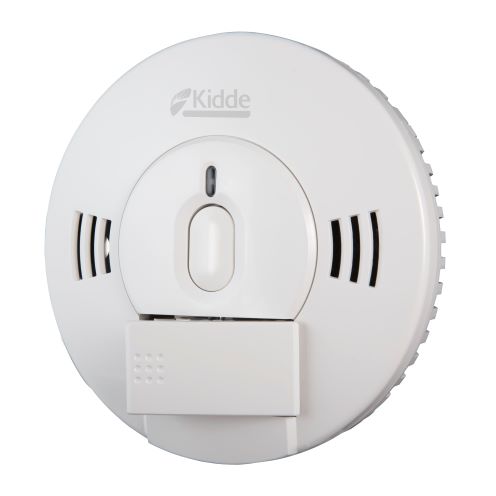There’s a huge difference between smoke from a charred roast in the oven and a genuine, life-threatening, property-destroying house fire. Some smoke detectors, unfortunately, can’t tell the difference between the two.
But that’s changing, thanks to new UL safety standards set to go into effect about this time next year.
Specifically, the UL Standard for Smoke Alarms, UL 217, 8th Edition, dictates that smoke alarms be able to differentiate between conditions, ignoring cooking smoke and responding to actual fire emergencies– a move that will make smoke alarms a more effective tool at saving lives.
All UL Certified smoke alarms are required to meet the enhanced requirements by May 29, 2020, and Kidde (a UTC brand) claims to be one of the first smoke alarm manufacturers to receive certification to the new UL standard by employing the company’s TruSense sensor.
The technology in TruSense represents a more sophisticated detection methodology. As particles enter the chamber, the size of the particles is analyzed by a series of algorithms and consolidated into ratios to determine if the particles stem from a real fire or a nuisance source.
New Fire Dynamics
The new alarms may also improve overall resident safety, as today’s homes typically contain furnishings comprised of synthetic materials such as polyurethane foam that are known to ignite and burn faster than traditional materials.
In addition to these synthetic materials tests, studies by the National Fire Protection Association show that nuisance alarms are the leading reason for disconnected smoke alarms.
“Through our research in safety science, we know that fire dynamics have changed over the last several decades,” said Chris Hasbrook, Vice President and General Manager for UL’s Building and Life Safety division.
“Manufacturers like Kidde have been actively working toward meeting the new smoke alarm requirements, and we are happy to see the first certification mark on a residential smoke alarm that meets these new requirements. While expanding a smoke alarm’s ability to respond to a range of the types of smoke generated from various types of fires, today’s smoke alarm will be more technologically advanced.
“New models that meet these new requirements will have the ability to help reduce cooking nuisance alarms, and that’s extremely important for residential fire safety,” said Hasbrook.
Kidde smoke and combination smoke and carbon monoxide alarms featuring TruSense technology, will be available in stores nationwide and online in the coming months.







